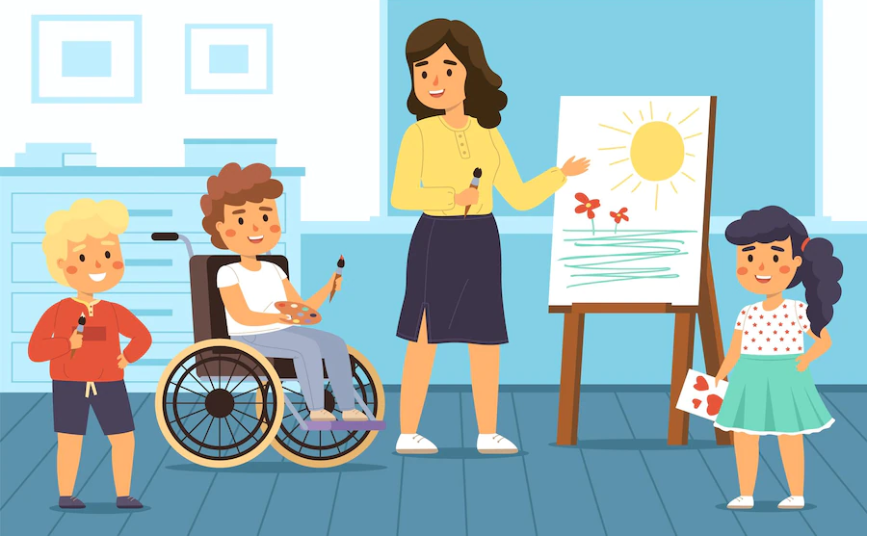In today’s rapidly advancing digital age, technology has become an integral part of education, transforming the way K-12 educators impart knowledge and engage with students. As classrooms become increasingly digitalized, it is crucial for educators to ensure that their digital content and platforms are accessible to all students, including those with disabilities. This introduction will explore essential digital accessibility best practices specifically tailored for K-12 educators, equipping them with the tools and knowledge to create inclusive learning environments that cater to the diverse needs of their students.
5 Digital Accessibility Best Practices for K-12 Educators
It is the responsibility of K-12 educators to foster an inclusive learning environment that embraces the principles of digital accessibility. By doing so, they empower their students to learn, explore, and grow without barriers. Inclusive education not only benefits students with disabilities, but it also enhances the overall educational experience for all students, promoting empathy, diversity, and a sense of belonging.
As K-12 educators continue to embrace digital technology as a valuable educational tool, it is crucial to prioritize accessibility at every step. By incorporating these best practices, educators can pave the way for a future where digital learning is truly inclusive, enabling every student to participate, succeed, and thrive.
K-12 Educators must provide alternative formats for content
Ensure that all digital content, such as documents, presentations, and videos, are accessible to students with disabilities. Offer alternative formats like text transcripts for videos, closed captions, and accessible PDFs for screen readers.
Use clear and concise language
Use plain language and avoid jargon or complex sentence structures. This benefits students with cognitive disabilities or English language learners. Break down complex concepts into smaller, more easily understandable pieces of information.
K-12 Educators must structure content with headings and lists
Use appropriate heading levels and hierarchical organization to structure content. This helps students using screen readers to navigate through the material more efficiently. Utilize lists and bullet points to make information more understandable.
Provide descriptive links and images
When including hyperlinks, use descriptive anchor text that provides clear context about the linked content. For images, add alt text that describes the visual content, allowing students who use screen readers to understand the information conveyed by the image.
Design for keyboard accessibility
Ensure that users can navigate all digital resources and platforms using only a keyboard, without relying on mouse interactions. This is important for students with motor disabilities who may use assistive technologies like keyboard-only input devices. Additionally, ensure that interactive elements, such as buttons and form fields, have labels and accessible via keyboard commands.
Conclusion
One cannot overstate the importance of digital accessibility for K-12 educators. By implementing the best practices discussed in this guide, K-12 educators can ensure that their digital content and platforms are inclusive, providing equal access to education for all students, regardless of their abilities or disabilities.
By embracing alternative formats for content, K-12 educators can make learning materials accessible to students with diverse needs. Clear and concise language, combined with effective content structuring, enables students to comprehend and navigate digital resources more easily. Descriptive links and images ensure that students with visual impairments or utilizing assistive technologies can fully engage with the content. Furthermore, designing for keyboard accessibility ensures that all students, including those with motor disabilities, can navigate digital platforms effortlessly.








